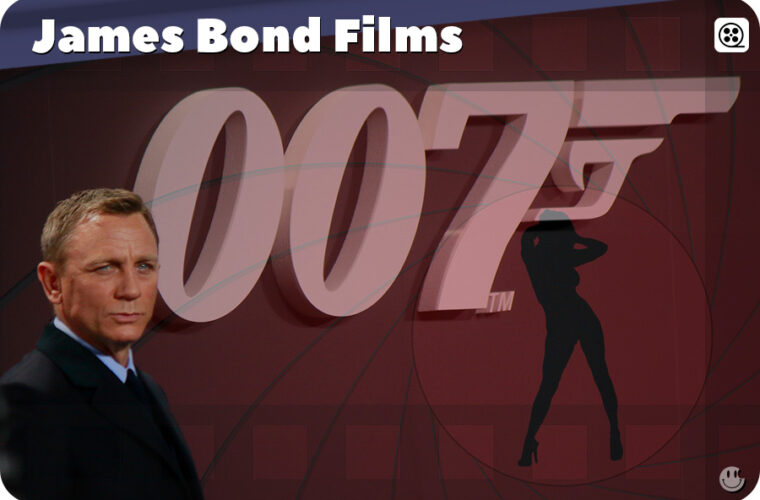 |
Road Films With Bob Hope, Bing Crosby, and Dorothy Lamour |
The Road to Singapore (1940)US Release Date: March 14, 1940 The Road to Zanzibar (1941) The Road to Morocco (1942)US Release Date: October 5, 1942 The Road to Utopia (1946)US Release Date: March 27, 1946 The Road to Rio (1947)US Release Date: December 25, 1947 The Road to Bali (1952)US Release Date: November 19, 1952 The Road to Hong Kong (1962)US Release Date: May 22, 1962 |
Brief Biographies of Bob Hope, Bing Crosby, and Dorothy LamourBob Hope
Bing Crosby
Dorothy Lamour
|
25 Bits of Trivia About the “Road Films”
|









